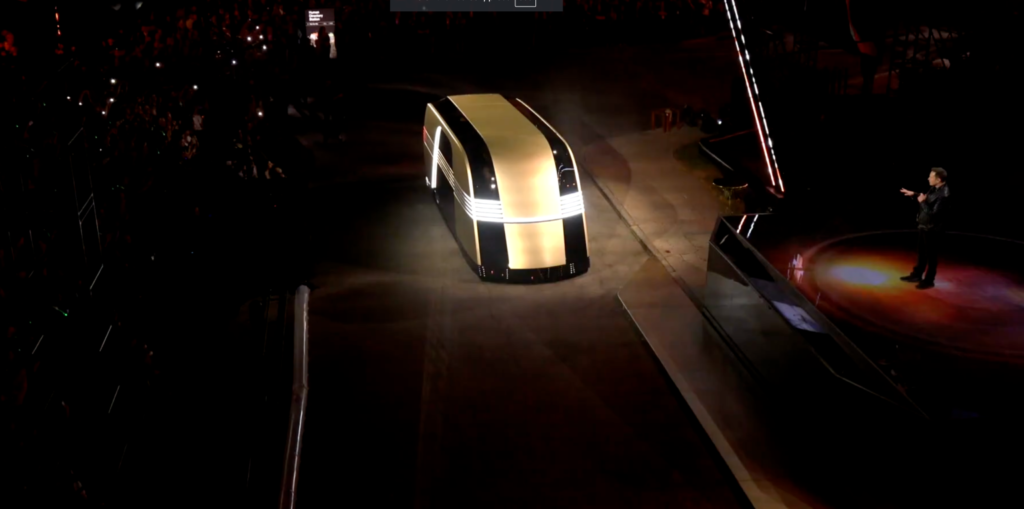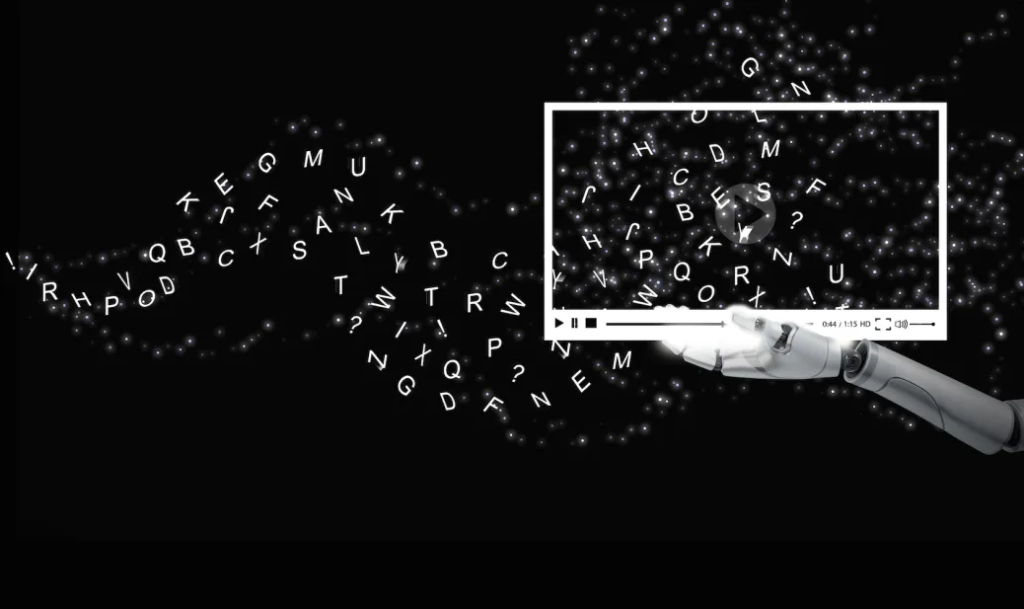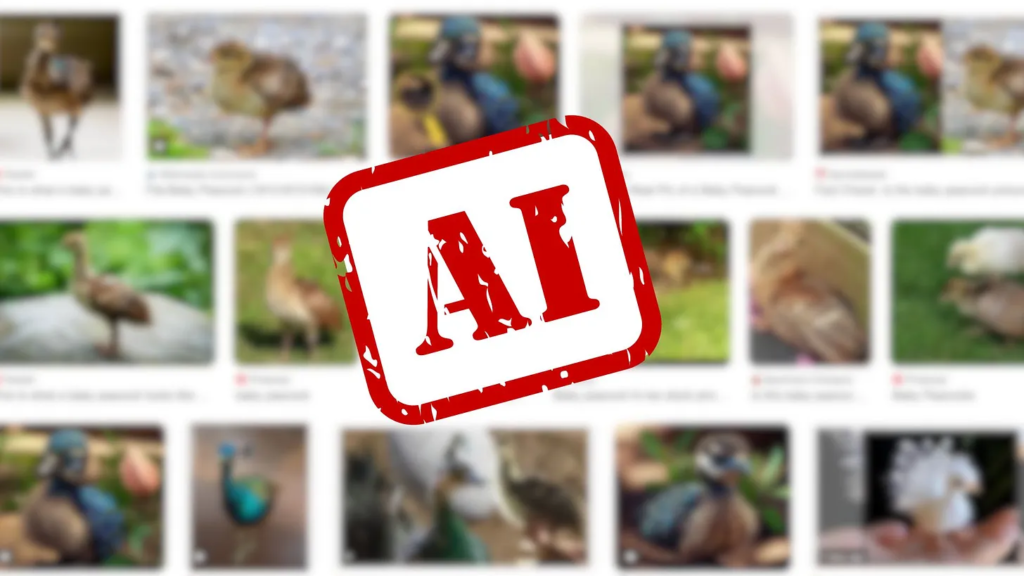Tesla Unveils Robovan: A Game-Changer in Mobility
At Tesla’s recent We Robot event, the highly anticipated Robovan was unveiled, showcasing a blend of innovative design and advanced technology. This all-electric vehicle is engineered for both personal and commercial use, featuring a spacious interior that accommodates up to eight passengers. Its autonomous driving capabilities allow for seamless navigation in urban environments, while smart features like automated doors and a state-of-the-art infotainment system enhance the user experience. The Robovan’s electric powertrain promises impressive range and efficiency, catering to families and ride-sharing services alike.

Industry experts are abuzz about the Robovan’s potential to transform logistics and urban transport. With a modular design that allows for versatile configurations, it’s well-suited for various commercial applications, such as deliveries and transport services. As Tesla continues to lead the charge in sustainable mobility solutions, the Robovan sets a new standard in the electric vehicle market, appealing to environmentally conscious consumers and positioning itself as a key player in the future of transportation.
California’s AI Training Transparency Law: Companies Hesitant to Commit
As California’s new AI Training Transparency Law looms, many companies remain tight-lipped about their compliance intentions. This legislation requires firms to disclose the datasets used to train their AI systems, aiming to enhance accountability and transparency in artificial intelligence development. However, numerous organizations are refraining from publicly committing to compliance, citing concerns over competitive advantages and potential legal implications. This reluctance raises questions about the industry’s commitment to ethical AI practices and the balance between innovation and regulatory oversight.

Industry experts emphasize the importance of transparency in AI, arguing that it fosters trust and enables better understanding of the technology’s limitations and biases. The uncertainty surrounding compliance could hinder the law’s intended impact, as the lack of disclosure may prevent consumers and regulators from effectively assessing AI systems. As the deadline approaches, companies will need to weigh the benefits of transparency against their operational concerns, making this a critical juncture for the future of AI regulation in California and beyond.
Google Photos Set to Tag AI-Generated Images in Fight Against Deepfakes
Google Photos is preparing to implement a feature that tags AI-generated images, a move aimed at combating the rising threat of deepfakes. This upcoming update will help users identify content created by artificial intelligence, providing an additional layer of transparency in an era where misinformation can spread rapidly. By clearly marking these images, Google aims to enhance user awareness and trust in the platform, addressing growing concerns over the authenticity of visual media.

Experts believe this feature could significantly impact how people interact with digital content, making it easier to discern between real and manipulated images. As deepfake technology becomes increasingly sophisticated, tools like this are essential for promoting responsible consumption of media. Google’s initiative not only underscores the company’s commitment to ethical AI use but also sets a precedent for other tech firms to follow in the ongoing battle against misinformation and digital manipulation.
Google Image Search Overwhelmed by AI-Generated Content
Google Image Search is currently inundated with AI-generated images, raising concerns about content authenticity and search quality. As generative AI tools become more accessible, users are increasingly creating and uploading these images, which complicates the landscape for both search algorithms and users seeking genuine visual content. This surge in AI-generated imagery poses challenges for Google in maintaining the reliability and accuracy of its search results.

Experts are calling for enhanced filtering and categorization methods to distinguish between authentic photographs and AI-generated creations. As the prevalence of such images grows, it becomes crucial for platforms like Google to implement strategies that help users navigate this new digital environment effectively. The ongoing evolution of image generation technology underscores the need for robust solutions to preserve the integrity of online search experiences and foster trust among users.
